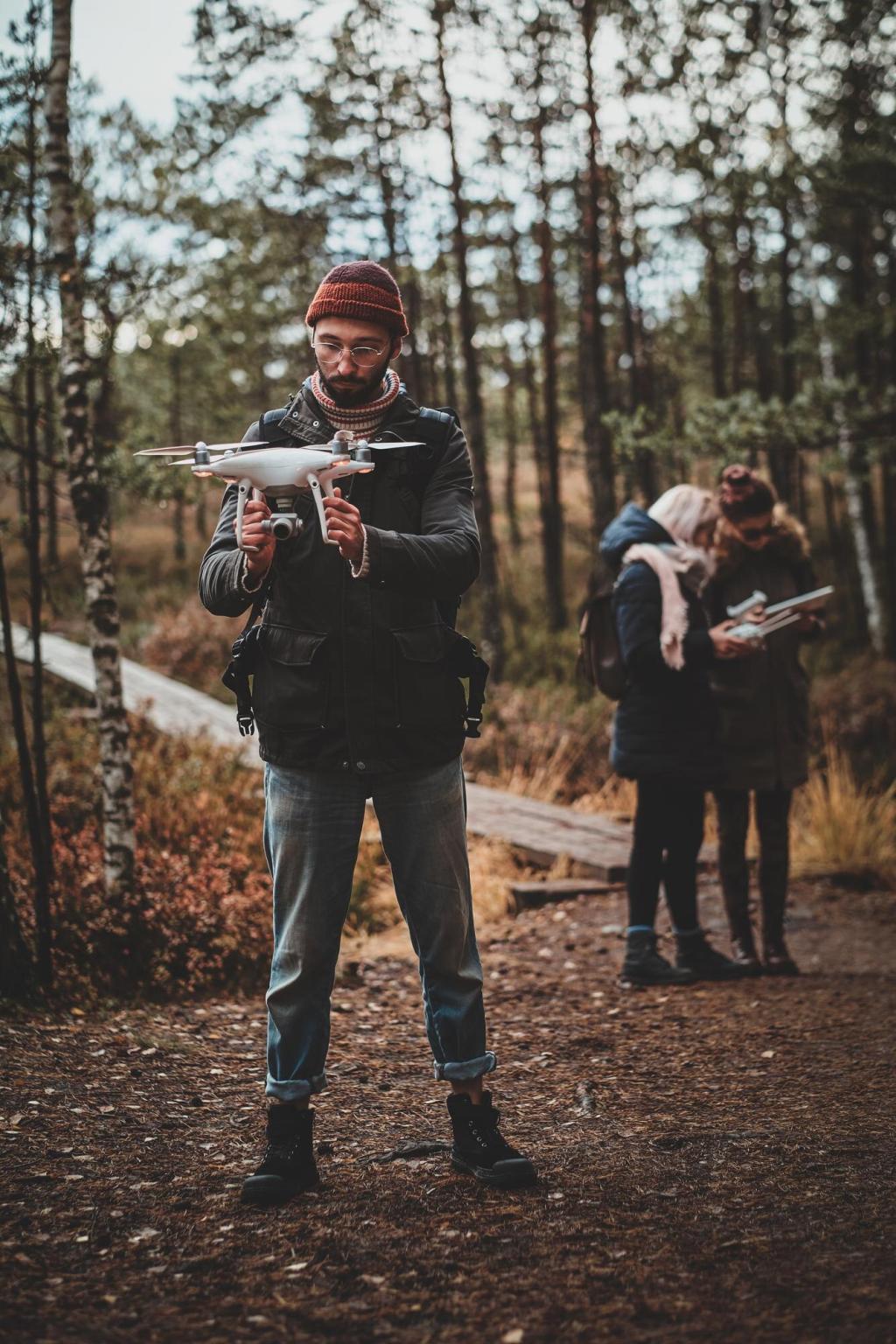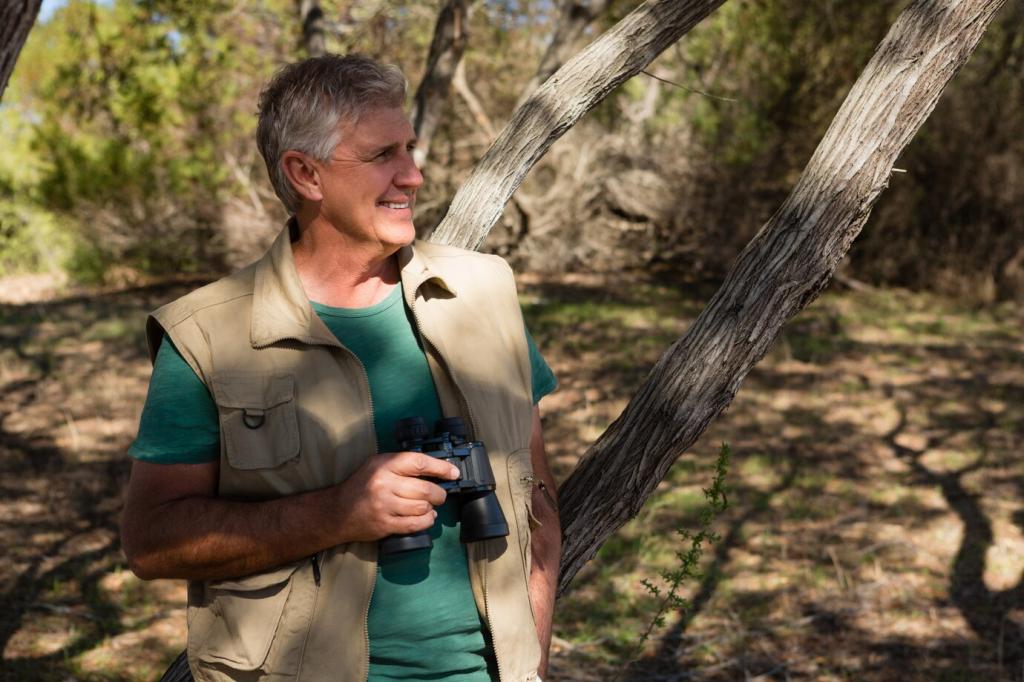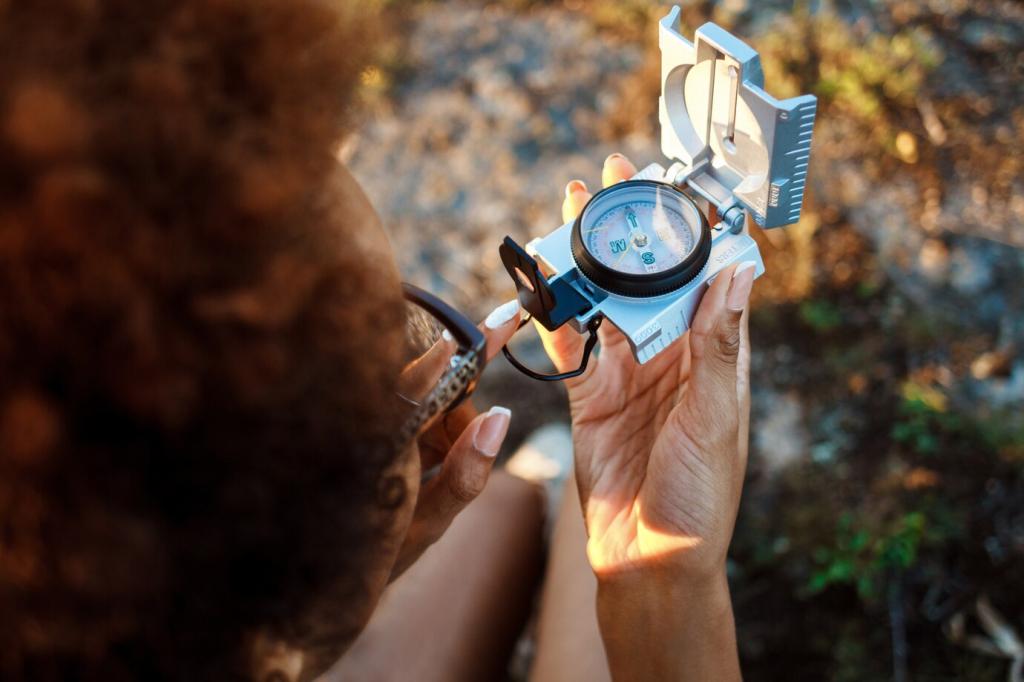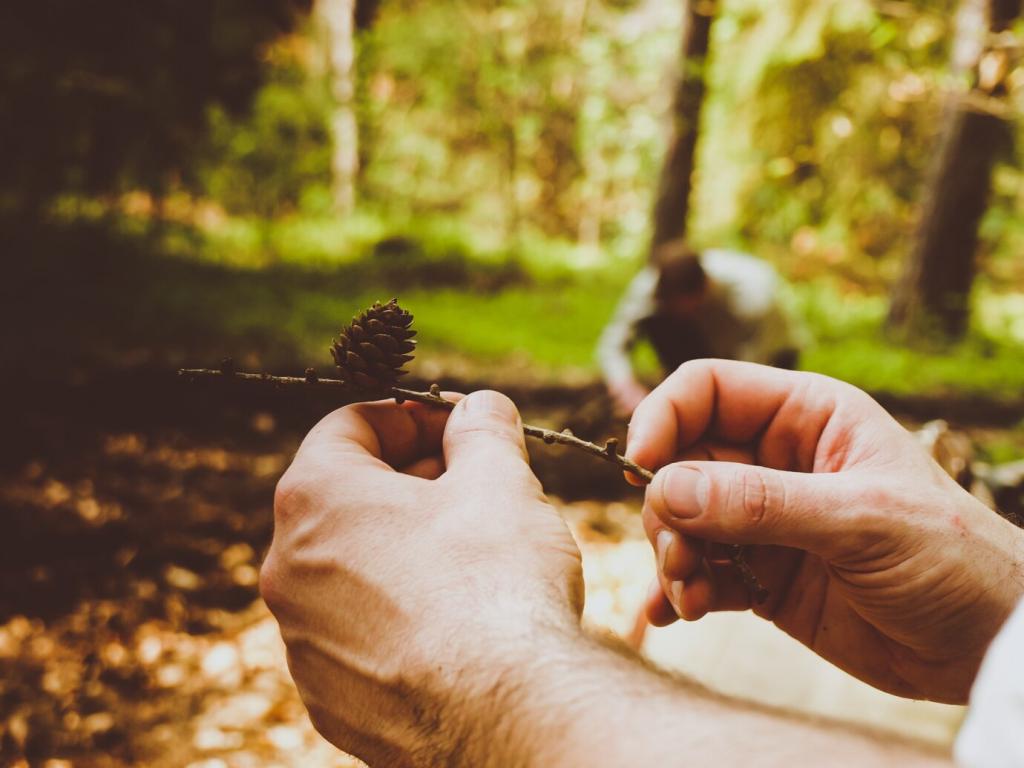Chosen Theme: Responsible Harvesting Techniques
Welcome to a thoughtful exploration of Responsible Harvesting Techniques—practical ways to gather resources without exhausting them. Join our community, share your field notes, and subscribe for weekly guides that help you take only what the land can spare and replenish what you love.



Low-Impact Field Methods

Avoid strip-picking. Take dispersed individuals, skip stressed clusters, and rotate sites annually. Track which patches you touched and which you rested. Post your rotation schedule in the comments to help others model responsible harvesting techniques.
Timing, Seasons, and Species Literacy

Reading Phenological Cues
Watch bud swell, insect activity, and soil warmth rather than fixed calendar dates. Each year’s story is different. Ask subscribers to share first-flower dates and migration sightings to refine timing across microclimates.

Species-Specific Regulations and Ethics
Protected species, quotas, and size limits exist for reasons. Learn, respect, and teach them. Post a resource link or your region’s rules so others avoid harm and model responsible harvesting techniques publicly.

Respecting Life Stages
Leave breeders, seed-bearers, and nursing individuals. Prefer abundant, mature specimens with high post-harvest survival odds. Tell us about a time you skipped a tempting find because it hadn’t fully fulfilled its ecological role.
Community Knowledge and Indigenous Stewardship
Many best practices—like first-fruits offerings or resting entire valleys—are time-tested. Seek permission, cite sources, and compensate teachers. Share what you learned from a mentor who changed how you gather.
Community Knowledge and Indigenous Stewardship
Pooled patch maps and community-agreed limits prevent overuse. Rotate access, post closure notices, and celebrate rest years. Invite readers to join a shared spreadsheet tracking patch status and seasonal health.


Monitoring, Data, and Adaptive Management
Track date, location, method, weather, phenophase, and quantity taken versus left. Add notes on wildlife presence. Post a template you use so others can adopt and standardize responsible harvesting techniques.
Monitoring, Data, and Adaptive Management
Submit observations to local biodiversity platforms. Your notes on fruit set or fungal flushes help scientists and neighbors. Encourage subscribers to upload one observation per outing for communal learning.

Ethical Dilemmas in Real Time
You spot a rare plant beside a common one. Do you risk disturbance? Most times, you walk away. Invite readers to weigh in on tough choices and collectively refine responsible harvesting techniques.
Safety Protocols You Will Actually Use
Tell someone your route, carry first aid, check weather, and pack water and layers. A safe harvester is a steady steward. Share your go-to safety checklist with the community.
